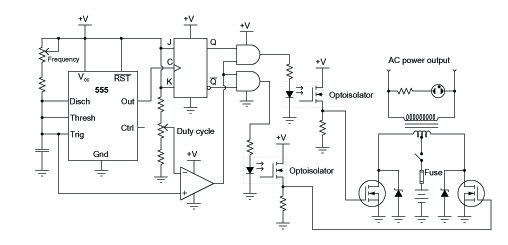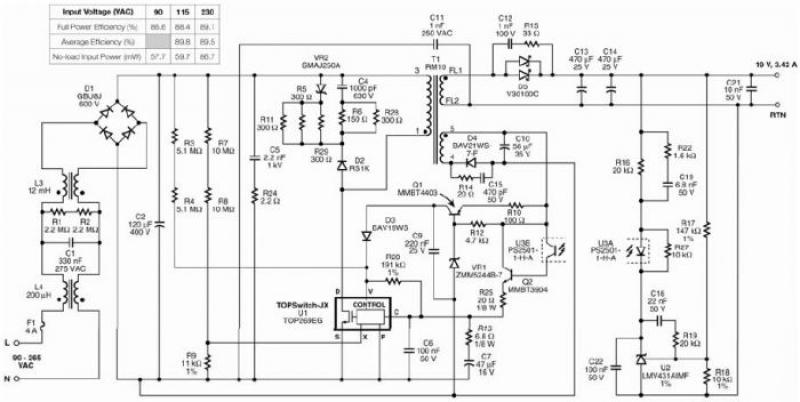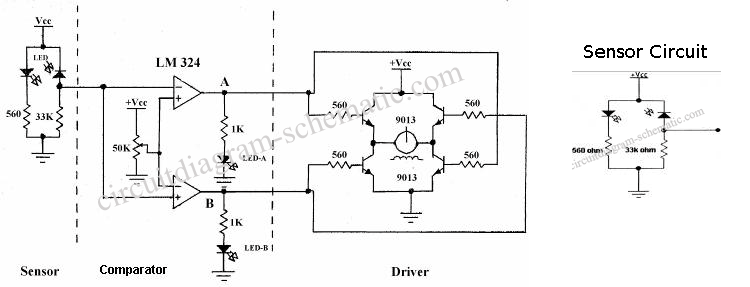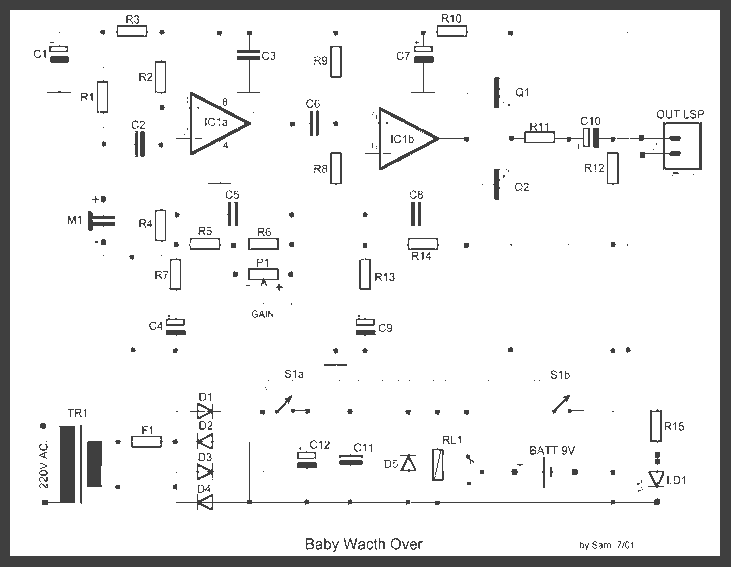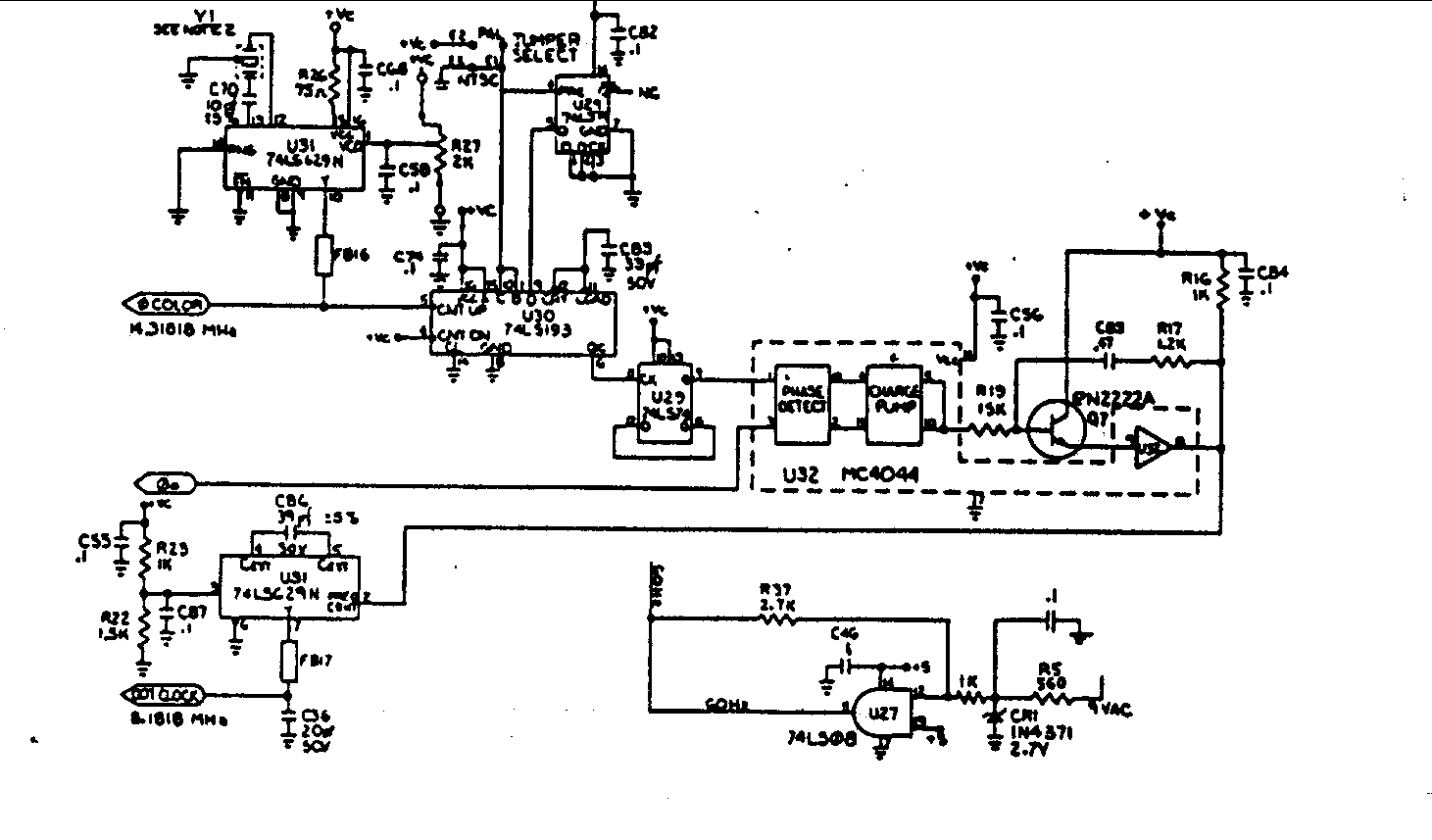
Elderly lost alarm circuit

The circuit utilizes an RMIB multivibrator component that operates at a maximum distance. When the distance exceeds a specific threshold, the output pin of the receiver goes low, effectively stopping the oscillation. The NE555 multivibrator, which is part of the time-base integrator circuit, does not oscillate when the reset terminal is at a low level, resulting in no sound from the speaker. If the distance between the transmitter and receiver exceeds the set limit, the circuit triggers a high output from the RCMIB, activating a multi-harmonic oscillator that produces sound through the speaker. This setup allows for adjustments via the RP component, enabling the speaker to generate different sounds. The circuit is designed to be simple and cost-effective, making it suitable for use by children and individuals with mental disabilities, requiring only a few inexpensive components.
This circuit design incorporates an RMIB multivibrator, which functions as the core component for distance measurement and sound output control. The operational principle relies on the distance between the transmitter and receiver; when this distance exceeds a predetermined threshold, the receiver's output pin transitions to a low state, effectively disabling the oscillation of the NE555 multivibrator. The NE555 timer is configured in a monostable mode where its reset terminal must remain high for normal operation. If the reset terminal is pulled low, the timer ceases to oscillate, resulting in silence from the connected speaker.
The circuit employs a multi-harmonic oscillator mechanism, which is activated when the distance exceeds the set limit. This is achieved through a high output from the RCMIB component, which triggers the oscillator circuit to produce audio signals. The audio output can vary depending on the adjustment of the variable resistor (RP), allowing for different sound patterns or tones to be emitted from the speaker. This feature enables customization of the audio response based on user preference or specific application requirements.
The entire assembly is designed to be compact and cost-effective, utilizing minimal components that collectively cost only a few dollars. This makes the circuit an excellent choice for educational purposes, particularly for children or individuals with mental disabilities, as it provides an engaging and interactive experience while remaining economically feasible. The simplicity of the design ensures that it can be easily assembled and understood, promoting learning and creativity in electronics.11A by the component and other components RMIB multivibrator, when the old man lost not more than a certain distance, the receiver output pin output low, the time-base integrat ed circuit NE555 multivibrator composed of its reset terminal low level circuit not oscillate, the speaker does not sound. When between the transmitter and receiver distance exceeds the pick when closed Fan trouble, RCMIB of feet high output, multi-harmonic oscillator start-up, the speaker sound newspaper blind, elderly explanation beyond a set distance.
This circuit simply adjust the RP, the speaker make different sounds. The circuit is also suitable for children, mentally handicapped people. The circuit elements less, only a few dollars can be.
This circuit design incorporates an RMIB multivibrator, which functions as the core component for distance measurement and sound output control. The operational principle relies on the distance between the transmitter and receiver; when this distance exceeds a predetermined threshold, the receiver's output pin transitions to a low state, effectively disabling the oscillation of the NE555 multivibrator. The NE555 timer is configured in a monostable mode where its reset terminal must remain high for normal operation. If the reset terminal is pulled low, the timer ceases to oscillate, resulting in silence from the connected speaker.
The circuit employs a multi-harmonic oscillator mechanism, which is activated when the distance exceeds the set limit. This is achieved through a high output from the RCMIB component, which triggers the oscillator circuit to produce audio signals. The audio output can vary depending on the adjustment of the variable resistor (RP), allowing for different sound patterns or tones to be emitted from the speaker. This feature enables customization of the audio response based on user preference or specific application requirements.
The entire assembly is designed to be compact and cost-effective, utilizing minimal components that collectively cost only a few dollars. This makes the circuit an excellent choice for educational purposes, particularly for children or individuals with mental disabilities, as it provides an engaging and interactive experience while remaining economically feasible. The simplicity of the design ensures that it can be easily assembled and understood, promoting learning and creativity in electronics.11A by the component and other components RMIB multivibrator, when the old man lost not more than a certain distance, the receiver output pin output low, the time-base integrat ed circuit NE555 multivibrator composed of its reset terminal low level circuit not oscillate, the speaker does not sound. When between the transmitter and receiver distance exceeds the pick when closed Fan trouble, RCMIB of feet high output, multi-harmonic oscillator start-up, the speaker sound newspaper blind, elderly explanation beyond a set distance.
This circuit simply adjust the RP, the speaker make different sounds. The circuit is also suitable for children, mentally handicapped people. The circuit elements less, only a few dollars can be.
